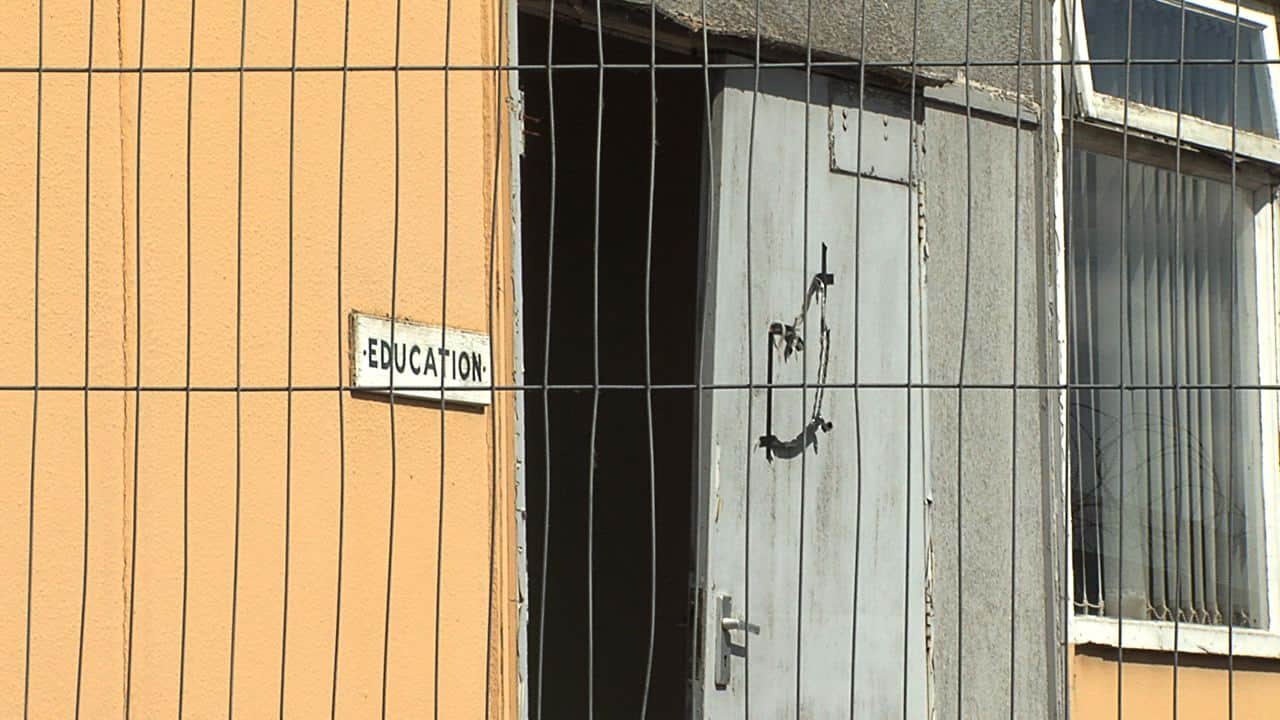PMA for
Education

PMA FOR EDUCATION
This resource draws upon the unique collection of recordings, short films and photographs that make up the Prisons Memory Archive.
Internment – the arrest and detention of people without trial – began in the early hours of 9 August 1971, in a British Army operation termed ‘Operation Demetrius’.
Following the introduction of internment in August 1971, Long Kesh – a disused World War 2 airfield near Lisburn, south of Belfast – was used as an internment camp. The camp was divided into compounds (also known as ‘cages’)…
The H-Blocks were constructed adjacent to the compounds/cages of Long Kesh, on the site of a disused military airfield near Lisburn, south of Belfast, and opened in 1976.
Armagh Gaol, first constructed in the 1780s and much extended in the 1840s, is a typical Victorianprison in form, with a long austere frontage facing The Mall and, to the rear, two wings (‘A’ and ‘B’)radiating from a central corridor block.
The use of hunger strike as a form of protest has a long tradition in British and Irish prisons. For example, the Lord Mayor of Cork,Terence MacSwiney, died whilst on hunger strike in Brixton Prison in 1920
Many types of education were available to prisoners in Armagh Gaol and the Maze and Long Kesh Prison, including secondary education and vocational training
Art and craft classes were held at the Maze and Long Kesh Prison as part of educational programmes, some by the prison authorities and some by the prisoners themselves.
The impact of time ‘inside’ is felt far beyond prison walls.In fact, time in prison during the conflict had an enormous impact on ‘outside’ life, in terms of its effects on prison officers, the families of prisoners….
During its lifetime, the Maze and Long Kesh Prison was emblematic of the political conflict colloquially known as ‘the Troubles’. Yet, paradoxically, the prison also played a role in the negotiation of peace.




